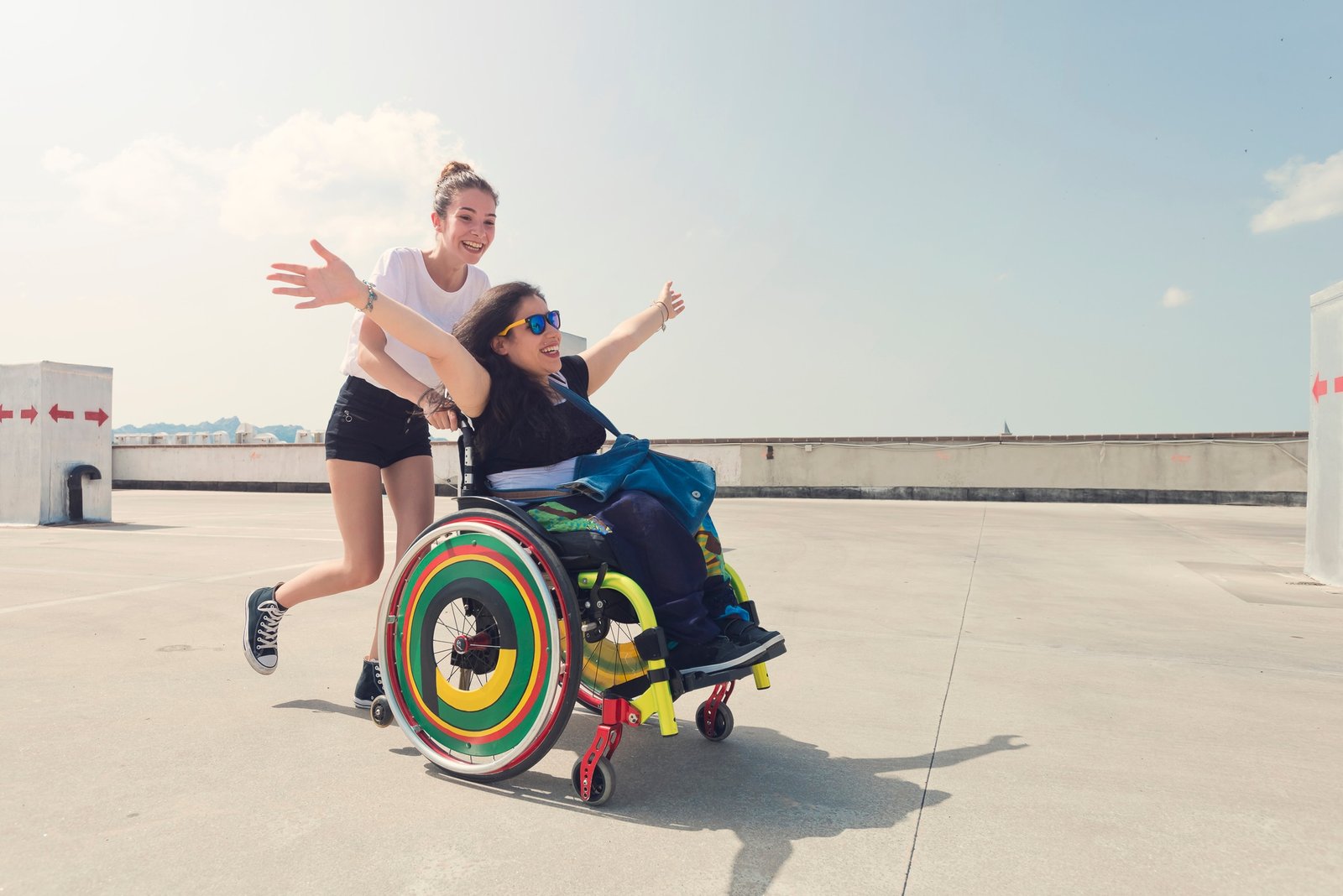Pimovement an inclusive approach able to promote true inclusion not only for the benefit of the individual but also of the whole community is increasingly important: with this article we present some key points of understanding and support to the world of disability
It is important but at the same time difficult to talk about disability from two perspectives: firstly because some issues should only be addressed with professionalism, authority, sensitivity and competence and secondly because the world of disability is so vast and varied that there is a risk of giving a partial and not the whole picture and consequently neglecting someone. Let’s look together at some points that you should know even if you are a non-disabled person and if you too want to contribute to giving extra value to this month.
First of all, to start one integration path it is necessary to fully understand what it means to live with a disability, such as knowing that there are different forms of disability: cognitive, sensory, physical and above all remembering that not all disabilities are visible, but therefore they deserve no less protection. Among invisible disabilities we have chronic conditions such as multiple sclerosis, chronic pain, fibromyalgia, anxiety, depression, blindness or low vision, and many others.
It is important to understand that those who experience an invisible disability do not lie and do not need to make excuses
Saying the classic phrase: “you don’t look that sick” does not help at all, on the contrary, on the contrary, it increases the prejudice and feelings of guilt of those who experience an invisible disability on their skin.

Cultures
Giorgia Cirulli, the personal trainer who wants to overcome the common concept of disability
Another fundamental point is that of welcome the world of disability naturally And Respectstarting for example from the overrun stereotypes and prejudices that revolve around people with disabilities. All this inevitably requires empathy, open-mindedness and sensitivity. Viewing a disabled person with pity or paternalism inevitably creates only bias and prejudice. And above all it is very important not to look the other way if we recognize discrimination against people with disabilities, especially against younger children. An example? If a girl cannot get on the bus because the vehicle is inaccessible, or if a friend of your children will not join the trip because it is inaccessible.
What to do in these cases?
For example, you can report incidents of discrimination against a person with disabilities to the Franco Bomprezzi Anti-Discrimination Center of the LEDHA-League for the Rights of Persons with Disabilities at the email: antidiscriminazione@ledha.it
Talking about disability is often a challenge that should involve everyone, not only people with disabilities and families of people with disabilities, but also those who do not face this issue in their daily lives. Because first of all, disability is a condition that can affect anyone at any time in their life and then because the well-being of society is only expressed when it can leave no one behind and only when we understand this will we have a society built to fit them for all of them.
Another categorical point is the use of language because through the latter ideas are formed, prejudices are broken down and bridges are built. Words inevitably have an effect on people’s lives. The word “handicapped” to define a person with a disability was born in 1869 and was then followed by the word “handicapped”. Years later we talked about “handicapped”, a derivative of the English. In Italy, different expressions like “differently abled, non-disabled, person with special needs” were born. But what is the most correct form? It is certainly that of putting the person at the center and therefore using a language person-first “disabled person” or identity first: “disabled person”.

Finally, as a final point, let’s remember this disability and illness they are two separate concepts and not always connected: if there were no architectural barriers, there would be no disability!
Whenever society does not remove barriers and provide appropriate tools to express one’s abilities, it creates disabilities for the individual. This thesis is also confirmed by the International Convention on the Rights of Persons with Disabilities, which in the definition of disability states: “A person with a disability means one who has long-term physical, mental, intellectual or sensory impairments which, in interaction with obstacles of a different nature , may prevent their full and effective participation in society on an equal basis with others’.
From this definition we can conclude that disability by itself does not exist, but only exists when it interacts with the obstacles that prevent it from expressing its physical and mental abilities and potential.

